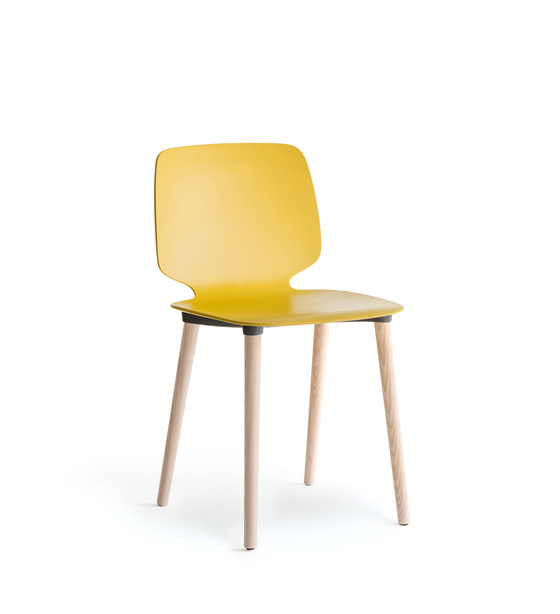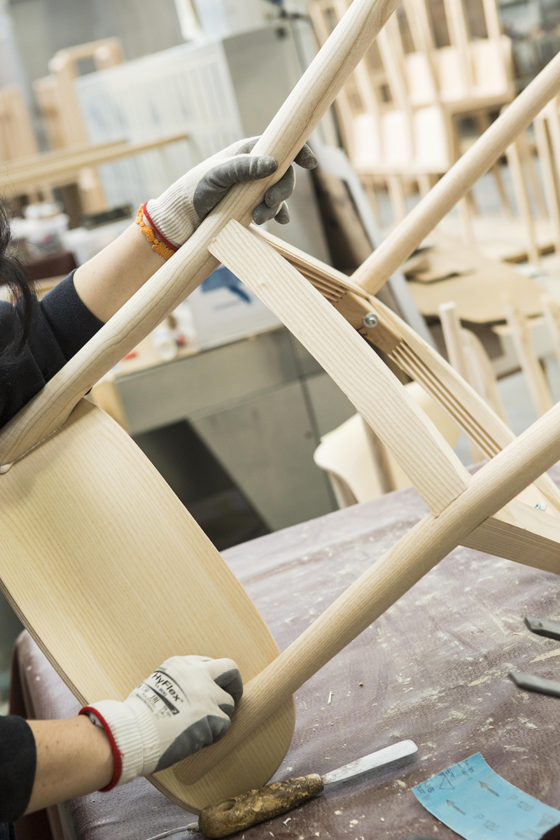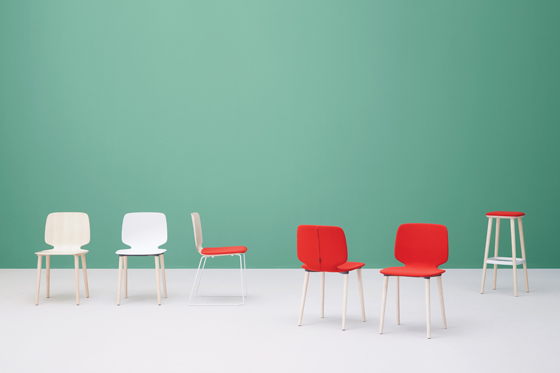Touch Wood
Brand story by Bethan Ryder
MORNICO AL SERIO (BG), Italie
04.04.16
Premium Italian design brand PEDRALI is celebrating ten years of its pioneering wood division, which sees the combination of traditional carpentry skills with innovative production techniques, as perfect as a dovetail joint. Maximum stability with minimum material usage.
Pedrali’s Manzano wood division has enabled the company to create elegant seating solutions such as Nemea 2820 (above), that combine the simplicity of solid wood with industrially produced materials of plywood and aluminium
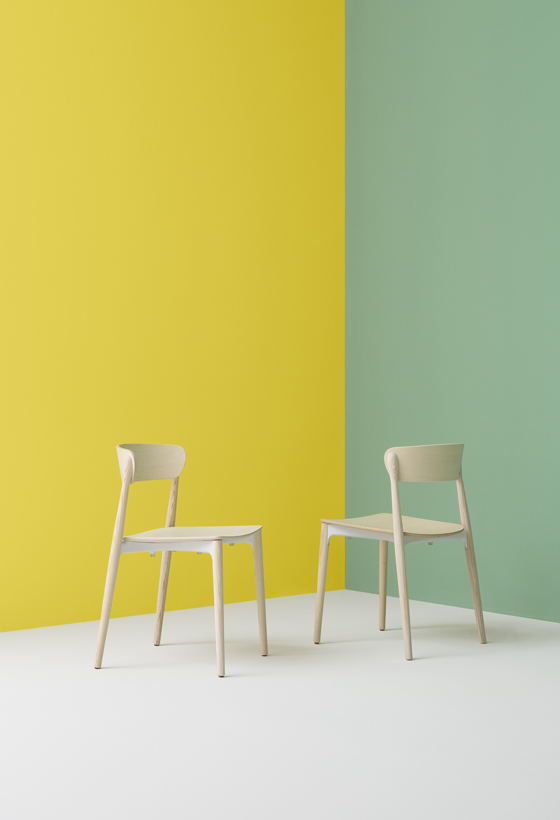
Pedrali’s Manzano wood division has enabled the company to create elegant seating solutions such as Nemea 2820 (above), that combine the simplicity of solid wood with industrially produced materials of plywood and aluminium
×Looks can be deceptive. Take the Frida chair, for example. So pared back and slender, it represents the very definition of simplicity. But it wasn’t purely aesthetics that helped Frida scoop the prestigious ADI Compasso d’Oro award in 2011. The chair’s slender lightness of structure (it weighs just 2.7 kg) belies the complex construction methods behind it that were devised by designer Odo Fioravanti together with the Italian furniture company Pedrali. As the saying goes, beauty isn’t just skin deep and it was this compelling combination of elegance and innovative technology that won Frida such recognition.
The roots of this award-winning production can be found at Pedrali’s pioneering wood division in Friuli, which is celebrating its 10th anniversary. Frida is just one of the company’s many success stories in the decade since the family-owned company branched out into wood. The facility was inaugurated in 2006, but the idea came one year earlier. Already renowned for its contemporary plastic and metal furniture and processing expertise developed at its Bergamo headquarters, the brand’s CEO Giuseppe Pedrali decided the time had come to apply this industrial proficiency to a sustainable, natural resource.
Babila 2700 (top) and Frida 752 (above) are both designed by Odo Fioravanti. Frida won plaudits for technical innovation; note the sophisticated joining of the 3.5mm curved plywood body to the solid oak frame
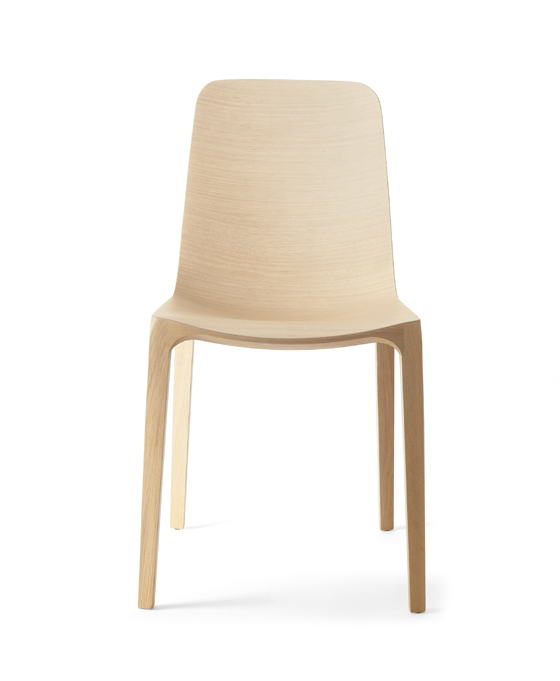
Babila 2700 (top) and Frida 752 (above) are both designed by Odo Fioravanti. Frida won plaudits for technical innovation; note the sophisticated joining of the 3.5mm curved plywood body to the solid oak frame
דWe sensed the opportunity to develop furniture products using a mix of materials,” he explains. “The turning point was 2005 when we presented Zen, a chair with an oak body and front legs combined with tubular–steel rear legs. We were one step away from the first all-wood chair and we realised that we were ready to tackle this challenge, which was to reproduce the Pedrali style – of doing everything in-house – for the wood industry.”
And where else to do so but in Manzano in the region of Friuli, known throughout Europe as the Chair District, so deeply embedded is the tradition of wooden chair-making there. Pedrali is keen to sing its praises: “Having decided to start a wood division, we had no option but to seek the best professionals and they are without doubt in Friuli. This region has production know-how in wooden chairs like nowhere else in the world. A 20-metre-high replica of the Marocca chair, a symbol of ancient Friulian craftsmanship, reigns over a square in Manzano as testimony.”
The wood division is a story of industry and craft. A team of 20 artisans refine the solid wood elements by hand (top), while machines conduct other parts of the process, such as the final spray-painting of furniture (above). Photos: Filippo Romano
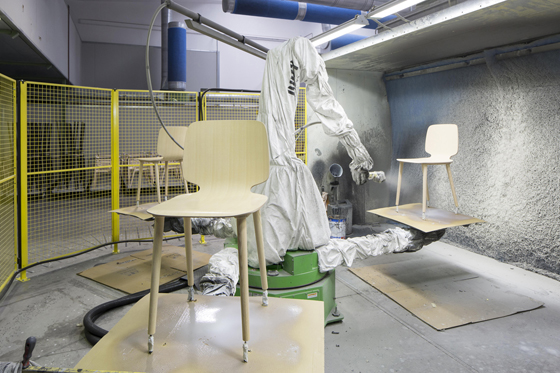
The wood division is a story of industry and craft. A team of 20 artisans refine the solid wood elements by hand (top), while machines conduct other parts of the process, such as the final spray-painting of furniture (above). Photos: Filippo Romano
×Pedrali wasn’t just driven by technological innovation, though. At the core of the Manzano division is a passion for wood and an urge to use it wisely. “I love the scent of wood and the importance it has for our existence. I have a strong sense of responsibility that pushes me to use it to the right extent and to work it correctly. Waste is not allowed,” he says. This frugality is born out in ground-breaking designs and processes. Pedrali use the very finest timbers of oak, ash and walnut (all from responsibly-managed European forests), but they favour the use of plywood, veneer and sandwich panels rather than solid wood in order to reduce the amount of timber used.
The company’s research and refinement of their woodworking techniques benefitted enormously from the move and expansion of the Manzano wood division in 2012 to a larger 19,000 m2 production facility. In this new, advanced design laboratory, the 20-strong team continue to innovate. At their fingertips are state-of-the-art tools such as numerical control machines for milling and contouring timber and sandwich presses for bonding.
Pedrali’s designs such as Babila (top) and Nemea (above) are tailored to suit the contract market with each available in multiple iterations and finishes to allow for greater flexibility of use
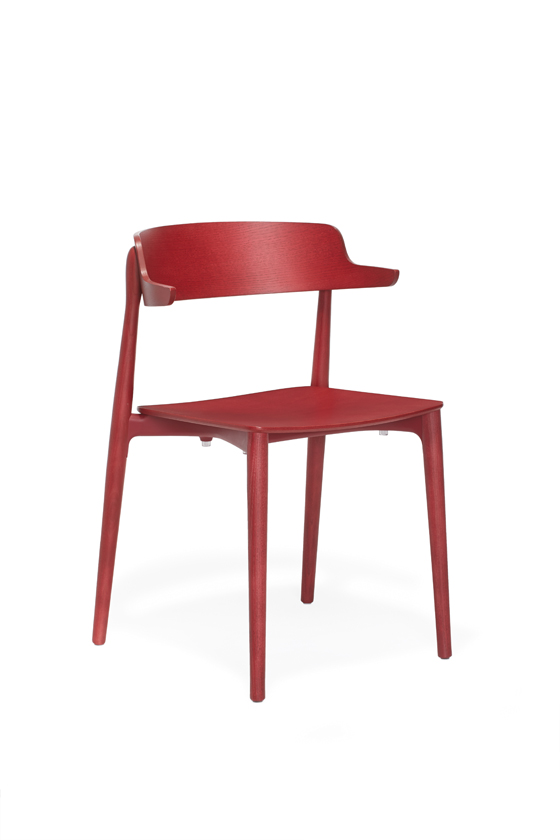
Pedrali’s designs such as Babila (top) and Nemea (above) are tailored to suit the contract market with each available in multiple iterations and finishes to allow for greater flexibility of use
×In keeping with the brand’s commitment to sustainability, there is also a robotic painting system, which uses water-based paint products, limiting emissions of volatile organic substance and so reducing environmental impact. “In the manufacture of seating, the painting process is fundamental and very delicate,” Pedrali explains “and the way it is carried out calls for both automated steps and the experience and manual ability of people.” It’s worth noting Pedrali’s ethical thinking has been rewarded; in 2013, the unit obtained the FSC Chain of Custody certification, guaranteeing the sound provenance of the wood used.
The brief but successful history of Pedrali’s wood division (the company reported a record turnover of €71 million in 2015) is the story of what man and machine can achieve together. Adding wood to its repertoire has enabled Pedrali to create sleek contemporary chair designs, such as Frida, Nemea and Babila, that possess the warmth, softness and tactile appeal of solid-wood classics, while harnessing the structural strength, lightness and durability of a cutting-edge, industrially engineered products. Chairs designed to meet the demands of versatility and customisation in the contract sector.
Manzano wood division features state-of-the-art equipment (top), which enables Pedrali to develop high-grade interlocking and bonding solutions for their mixed-material furniture, such as the Babila stool (above)

Manzano wood division features state-of-the-art equipment (top), which enables Pedrali to develop high-grade interlocking and bonding solutions for their mixed-material furniture, such as the Babila stool (above)
×The stackable Nemea chair by design trio Cazzaniga Mandelli Pagliarulo harks back to mid-century modern styles. However, it’s a 21st-century creation – the elegant solid ash legs are grafted to a die-casted aluminium frame placed beneath the plywood seat, making it extremely strong and durable. Meanwhile, Fioravanti’s sequel to Frida is the equally streamlined Babila, a chair with solid ash legs supporting an ash veneered plywood shell seat with a nipped-waist silhouette. These fruits of the Manzano wood division are proof of its ability to blend craft, creativity and technology – which you could argue is the very essence of Italian design.



